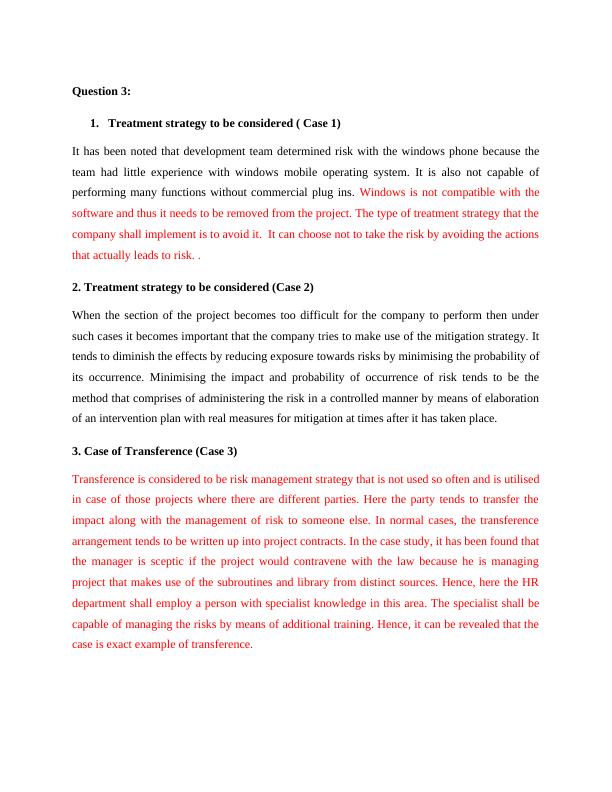Risk Management Strategies for Project Management
Create a Scope Statement for a project, including project description, business benefit, project deliverables, acceptance criteria, out of scope items, key constraints, and key assumptions.
Added on 2023-05-29
About This Document
This article discusses various risk management strategies for project management, including avoidance, acceptance, and transference. It provides examples of when to use each strategy and how to implement them effectively. The article also highlights the importance of proper risk assessment and response in project management.
Risk Management Strategies for Project Management
Create a Scope Statement for a project, including project description, business benefit, project deliverables, acceptance criteria, out of scope items, key constraints, and key assumptions.
Added on 2023-05-29
End of preview
Want to access all the pages? Upload your documents or become a member.

